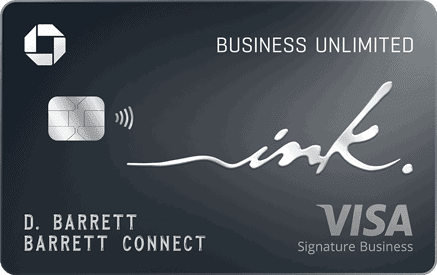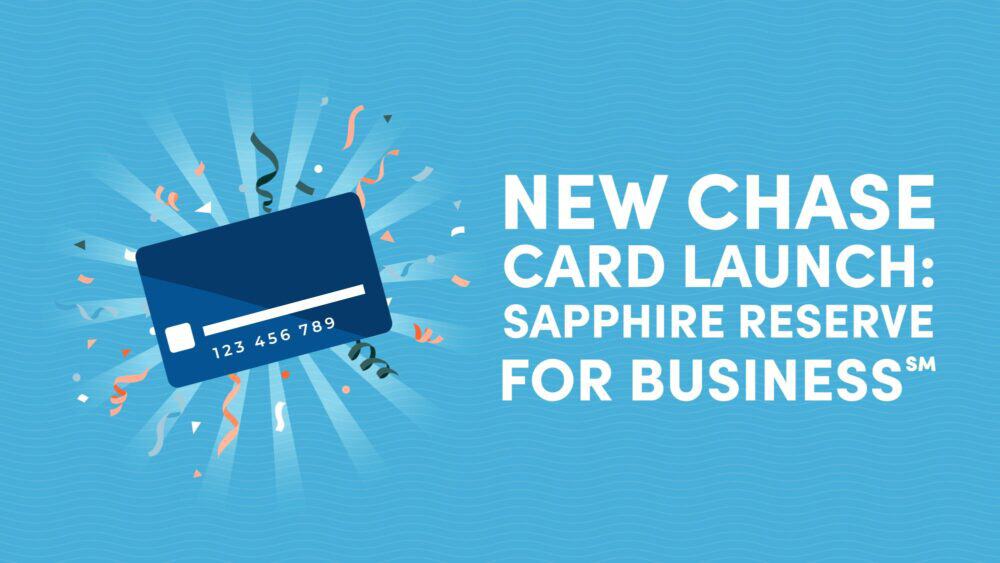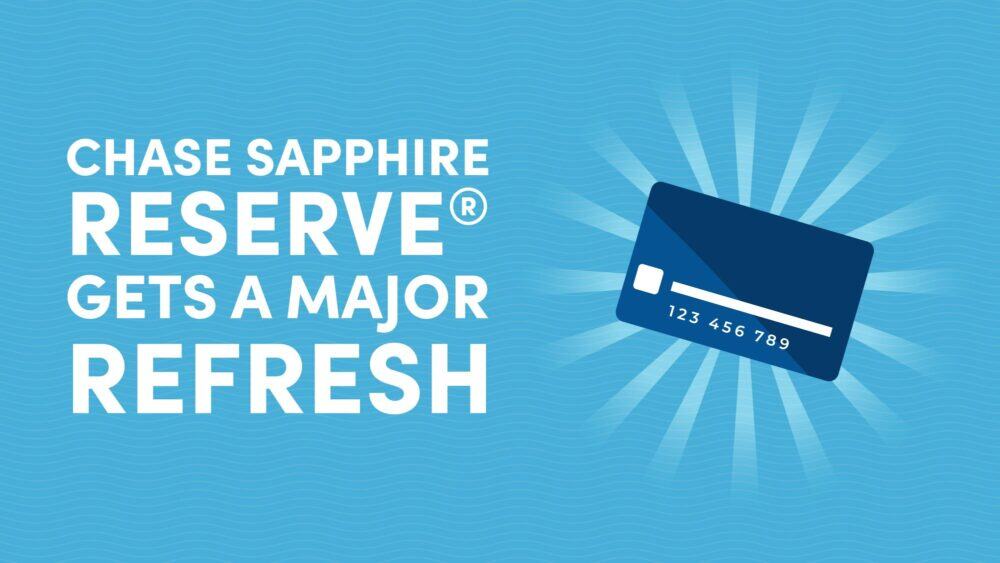
10xTravel is part of an affiliate sales network and receives compensation for sending traffic to partner sites, such as CreditCards.com. This compensation may impact how and where links appear on this site. This site does not include all financial companies or all available financial offers. Terms apply to American Express benefits and offers. Enrollment may be required for select American Express benefits and offers. Visit americanexpress.com to learn more.
Note: Some of the offers mentioned below may have changed or may no longer be available. The content on this page is accurate as of the posting date; however, some of our partner offers may have expired. You can view current offers here.
A certain mythology has formed around Chase’s “5/24 rule” since it was believed to be enacted in 2016. Since then, consumers with excellent credit who applied for new Chase credit cards have found themselves being declined. Through data, we found that these applicants had opened too many new accounts within the last 24 months.
Relying on crowdsourced data, it seems that Chase’s threshold for “too many new accounts” was having opened five or more credit card accounts across all banks within 24 months. Thus, this policy was dubbed the “5/24 rule.”
Having opened five or more credit card accounts from any bank within the last 24 months will lead to you being declined for a new Chase credit card.
And, in general, it’s not a good idea to try to “pull a fast one” on Chase as the bank can close all of your existing accounts at a moment’s notice if it so chooses. In that case, you’d be unable to earn Chase Ultimate Rewards, one of the most valuable rewards currencies in the credit card industry.
So, before you go applying for a new Chase credit card, make sure that you understand and abide by the 5/24 rule.
What Is the 5/24 Rule?
While Chase has never actually stated the 5/24 rule in writing, this policy is believed to exist based on crowdsourced data from people who have applied for Chase credit cards and been denied. The policy limits your ability to be approved for a new Chase credit card based on how many other credit card accounts you’ve recently opened.
To be approved for a new credit card from Chase, you can’t have opened five or more personal credit cards across all banks within the past 24 months. This means that you must be under five personal credit cards to be approved.
This rule only dictates your approval for credit cards from Chase. However, credit card accounts with any bank count towards the five-card limit.
Certain business cards and other lines of credit don’t count toward your five-card limit. Let’s take a look at which specific kinds of cards count towards the 5/24 rule.

What Accounts Add to Your 5/24 Status?
The following types of accounts count toward your five-card limit:
- All personal credit cards issued by any bank within the last 24 months (even if those credit card accounts have been closed)
- All business cards issued by Discover or TD Bank in the past 24 months (even if those credit card accounts have been closed)
- All small business cards issued by Capital One in the past 24 months (even if those credit card accounts have been closed) other than the Capital One Spark Travel Elite, Capital One Venture X Business Card and Capital One Spark Cash Plus accounts
- Certain store cards opened within the past 24 months that are part of a national payment system. Some store cards that can be used only at a single store may also count toward your 5/24 status. Be very careful with these.
The following types of accounts don’t count toward your five-card limit:
- Cards that you applied for but were denied
- Small business cards from most issuers, expect the ones mentioned above
- Auto loans, student loans and mortgages
Notice that Chase business credit cards don’t count toward your 5/24 status. However, you must be under the 5/24 limit to be approved for a Chase business credit card.
If you’re not sure how many qualifying accounts you’ve opened in the past 24 months, there’s an easy way to check. If you have any doubt, we highly recommend checking before applying for a new Chase credit card.
$2,000
Cash Bonus
after you spend $30,000 in the first 3 months
Annual Fee: $150
How Do I Check My 5/24 Status?
If you want to check your 5/24 status, the easiest way to do so is to sign up for the free credit report service from one of the three major credit bureaus (Equifax, TransUnion and Experian). In our experience, Experian’s service is the easiest to use. Just make sure that you don’t accidentally sign up for one of their paid services.
On the Experian app, you can view all of your accounts and sort them by the date they were opened. Then, you can just count how many qualifying accounts have been opened in the last 24 months. Keep in mind that Chase cares only whether an account was opened. It doesn’t matter if the account has since been closed.
At the moment, you won’t be in the clear until the first day of the 25th month after your fifth account was opened. For instance, If you opened your fifth account on Aug., 2021, you won’t be eligible for a new Chase credit card until Sept. 1, 2023.

Another way to check your 5/24 count is through Credit Karma. While we don’t recommend you pay much attention to the credit score that Credit Karma provides, as this is not your real FICO credit score, this website can be helpful for seeing a full range of your opened and closed credit accounts.
When you’re logged into Credit Karma, hover over the Credit dropdown menu item at the top of the page and select Accounts. The Accounts page will show all of your open accounts and there will be a link you can click to show your closed accounts, too.
Click on one of the accounts to view more details and it will show you when you opened that account. Be sure to view the details of each of your open and closed accounts, and create a spreadsheet of this data or upload this data into your My10x account.
If you enter this data into your My10x account, it will clearly show your 5/24 status on the front page when you log into My10x, making it much easier for you to see your status at a glance.
Do Card Conversions and Upgrades Count Toward 5/24 Status?
Whether or not a card conversion or upgrade will count toward your 5/24 status depends on how that specific bank handles such a product change. Before completing a card upgrade or conversion, check with the bank to see if a hard credit pull will be conducted and if you’ll be given a new account number.
If the answer to either or both of those questions is yes, then the product change will be considered a new account and will be counted toward your 5/24 status.
Are All Chase Cards Subject to the 5/24 Rule?
Most Chase travel cards, including co-branded credit cards, are subject to the 5/24 rule for approval. In general, consider all Chase cards to be subject to the 5/24 rule. There’s sometimes rumors that it isn’t applying, but we’re cautious about calling that factually true without enough data to support it. At this time, consider all Chase cards to be subject to the rule.
Other Factors That Contribute to Chase Credit Card Approval
Bear in mind that the 5/24 rule isn’t the only thing that Chase considers when determining whether or not to issue you a new credit card. Some sources have reported that Chase won’t approve you for more than two new credit cards within 30 days. We don’t recommend applying for a new account with Chase more frequently than every three to four months.
Of course, Chase (and every other credit card issuer) also considers other financial details when reviewing your credit card application, including credit score, income, housing costs, debt levels, employment status, among other factors.
For business cards, Chase will also sometimes request documents such as financial statements or articles of organization to prove that you have a legitimate business.

Is There Any Way Around the 5/24 Rule?
In the past, there were several ways to circumvent the 5/24 rule. However, it seems that Chase has closed all of those avenues now.
However, some cardholders have recently been able to bypass the 5/24 rule through Chase’s targeted “Just For You” offers. To find these offers, simply log in to your account and click on “Just For You” under the “Navigate Products” section on the left-hand menu bar. If you apply for one of the cards that is suggested to you, it may not be subject to the 5/24 rule.
You also potentially can get a new Chase card by attempting a product change within the Chase Ultimate Rewards family (assuming that the credit card account you want to convert has been open for at least a year).
For instance, if you currently hold the Chase Freedom Unlimited® card and you want to convert it to the Chase Sapphire Preferred® Card, you may be approved for the product change even if you’re over the 5/24 limit. Keep in mind that when making a product change, you won’t get the new card member offer of bonus points.
$200
Bonus
after you spend $500 on purchases in your first 3 months from account opening
Chase Sapphire Preferred® Card
75,000
bonus points
after you spend $5,000 on purchases in the first 3 months from account opening.
Annual Fee: $95
The Bottom Line
The 5/24 rule has been around for years now and doesn’t seem to be going away anytime soon. So, you need to avoid violating the rule before applying for a new Chase credit card or you could put yourself at risk of jeopardizing your relationship with Chase.
To be absolutely sure that you’re not violating the 5/24 rule, you can request a free credit report from Experian (or one of the other credit bureaus). If you’ve opened five or more credit card accounts in the last 24 months, don’t apply for a new Chase credit card.
However, if you’re new to the world of credit cards and you’re well under the 5/24 limit, you should get a Chase credit card as Chase Ultimate Rewards points are one of the most valuable currencies in the credit card industry.
Frequently Asked Questions
Is Chase Strict on 5/24?
Yes, although 5/24 is technically an unwritten rule that Chase hasn’t officially written into policy. You can occasionally bypass the rule if you receive a targeted “Just for You” offer from Chase, as those may not be subject to the 5/24 rule. Log into your Chase account and click on “Just for You” under the “Navigate Products” section to see if you have any offers.
How Do I Get Around the Chase 5/24 Rule?
As previously mentioned, the targeted “Just for You” offers might not be subject to the rule. In addition to those, you can sometimes do a product change within the Chase Ultimate Rewards family of cards and that might not count against your 5/24 number. And lastly, try business credit cards, as those don’t count against your 5/24 number (with the exception of Discover, TD Bank, and Capital One business cards). Note that you do need to be within 5/24 to be approved for a Chase business card, though getting a Chase business card doesn’t use up one of your 5/24 slots.
Why is Chase So Hard to Get Approved For?
Chase essentially deems anyone who has opened five or more credit card accounts within the last 24 months as being high risk or perhaps not a potentially long-term customer, so this is their threshold. They provide what we consider to be high-value cards, so there is going to be some stipulations to get in with Chase.
New to the world of points and miles? The Chase Sapphire Preferred® Card is the best card to start with.
With a bonus of 75,000 bonus points after you spend $5,000 on purchases in the first 3 months from account opening. , 5x points on travel booked through Chase Travel℠ and 3x points on restaurants, streaming services, and online groceries (excluding Target, Walmart, and wholesale clubs), this card truly cannot be beat for getting started!
after you spend $500 on purchases in your first 3 months from account opening
after you spend $5,000 on purchases in the first 3 months from account opening.
Editors Note: Opinions expressed here are author’s alone, not those of any bank, credit card issuer, hotel, airline, or other entity. This content has not been reviewed, approved or otherwise endorsed by any of the entities included within the post.











